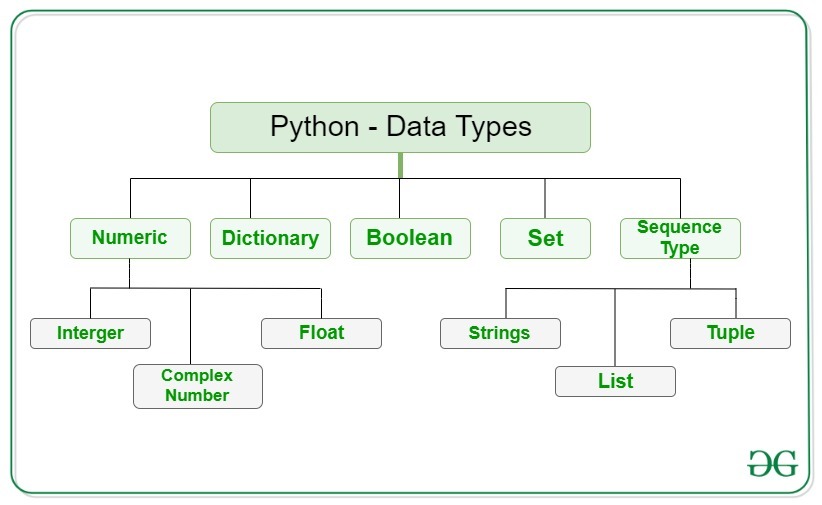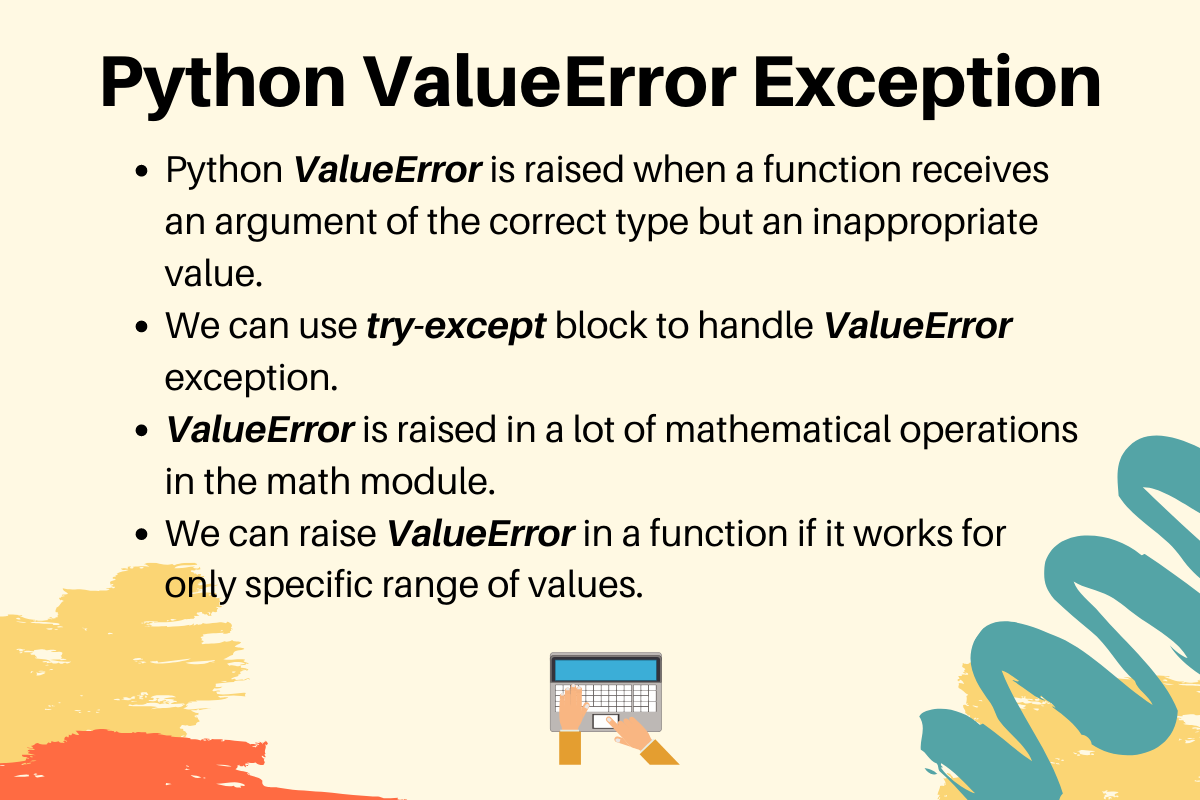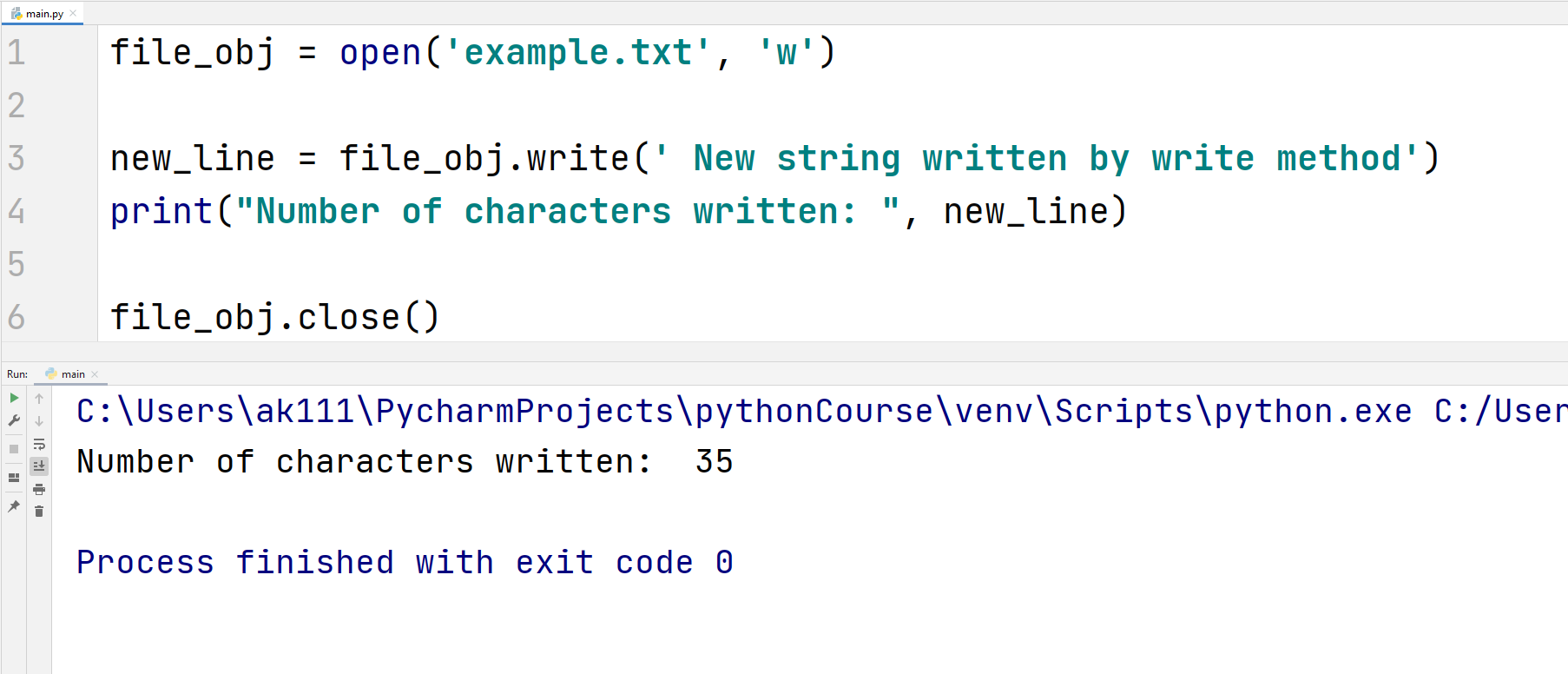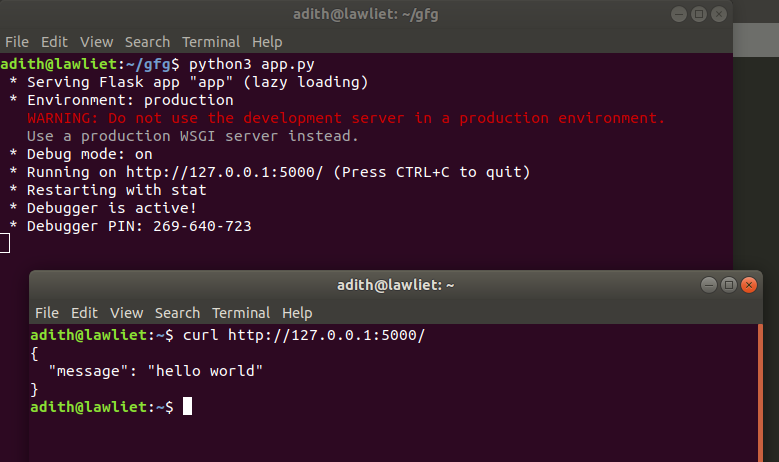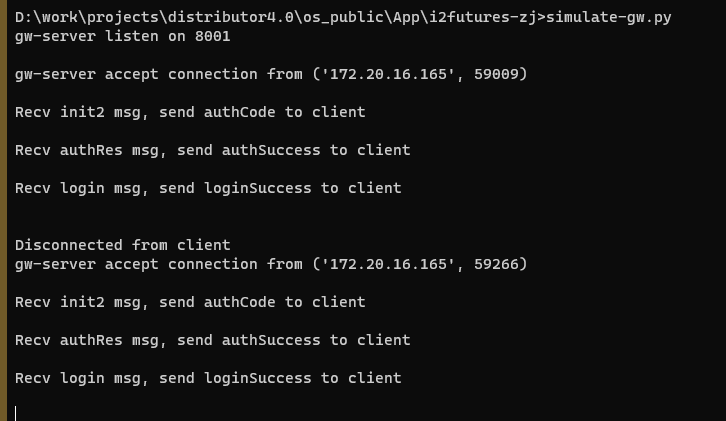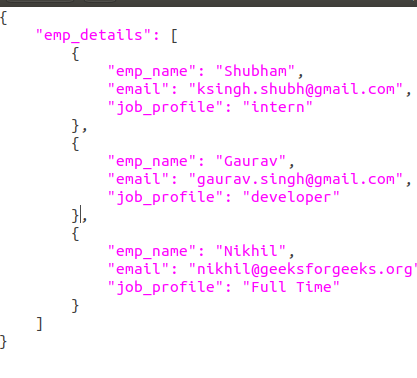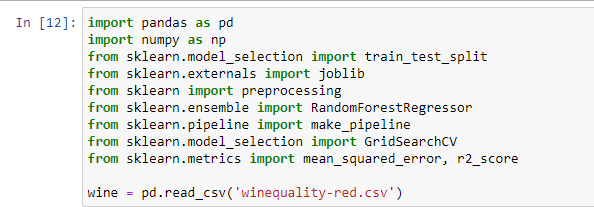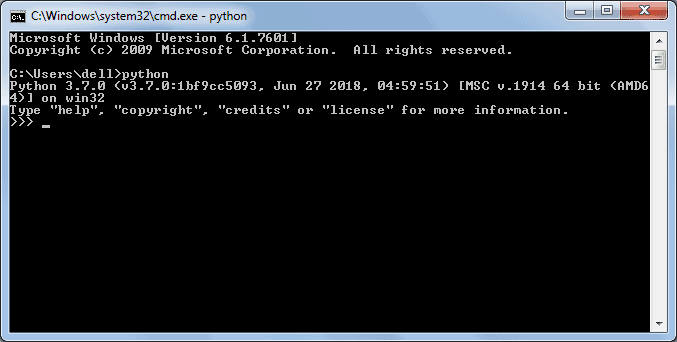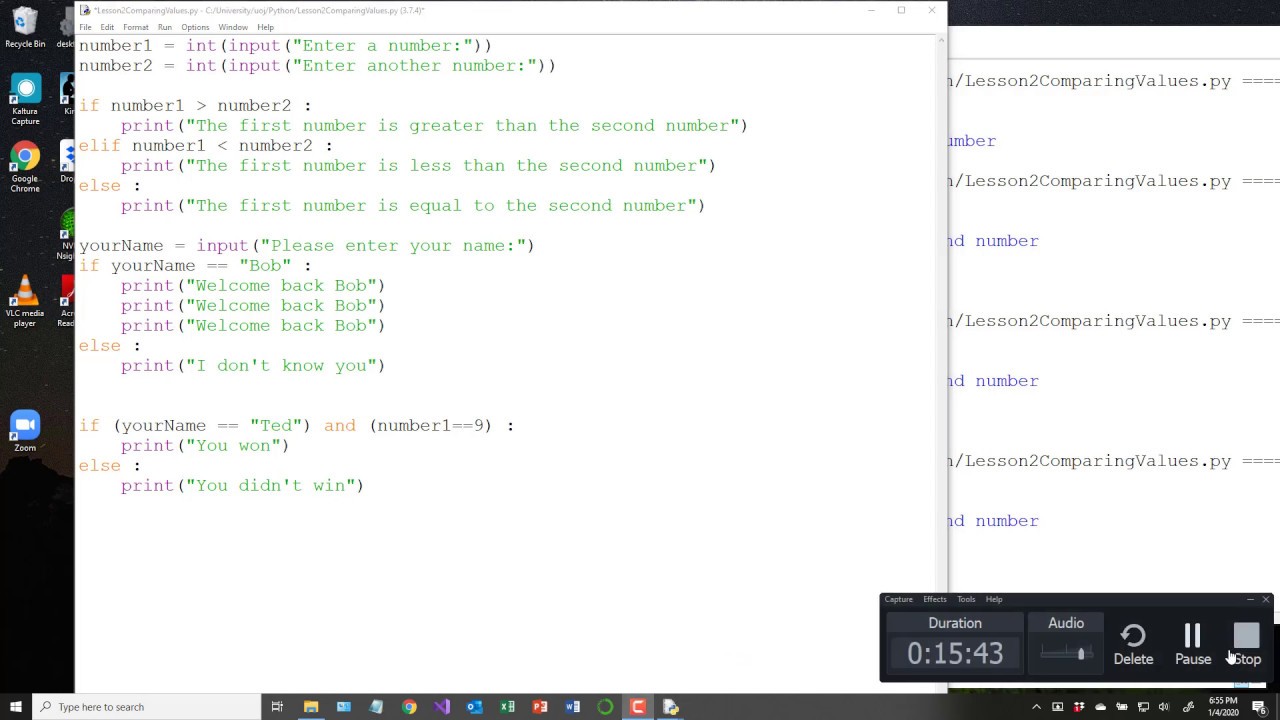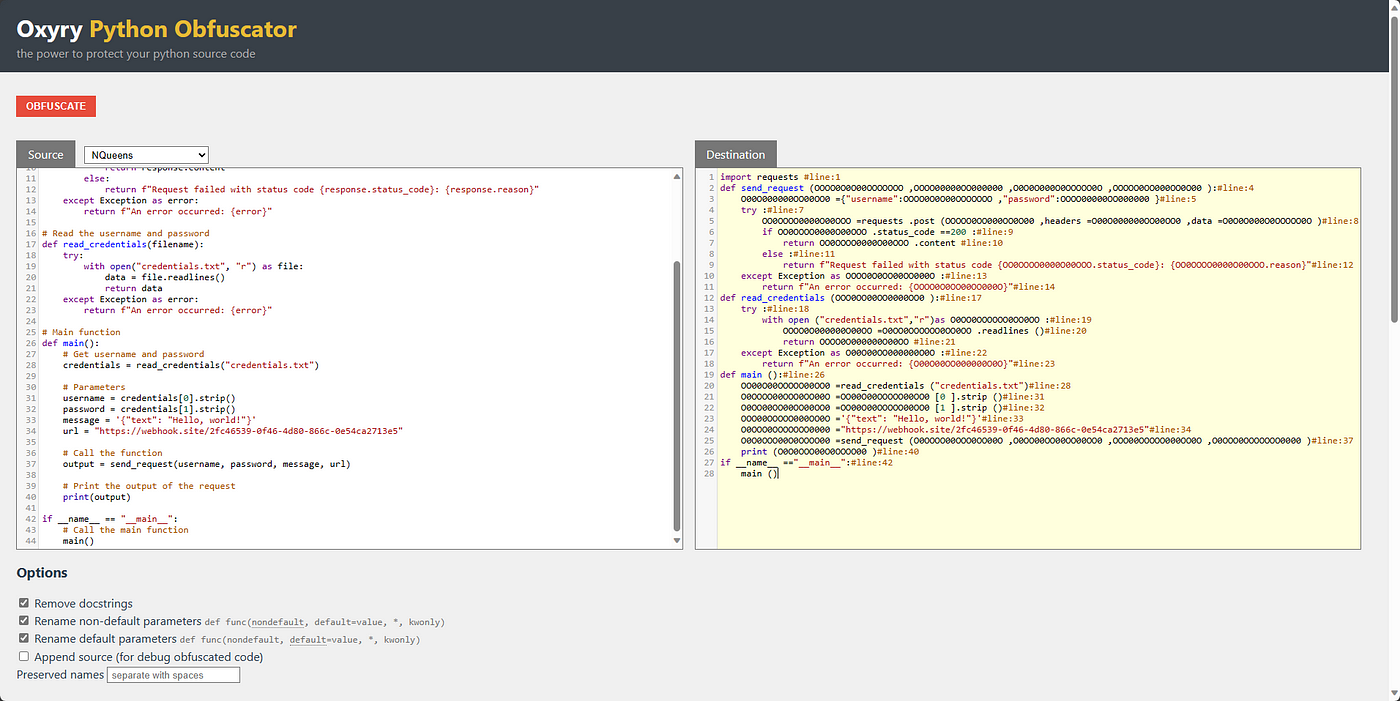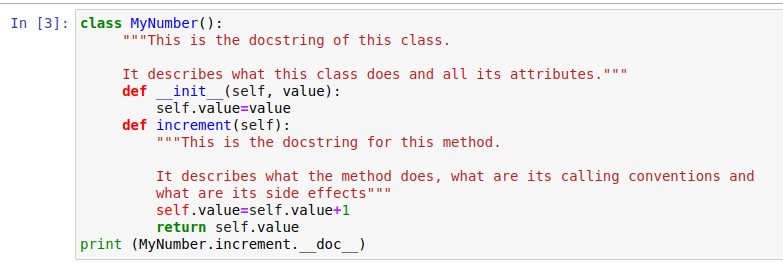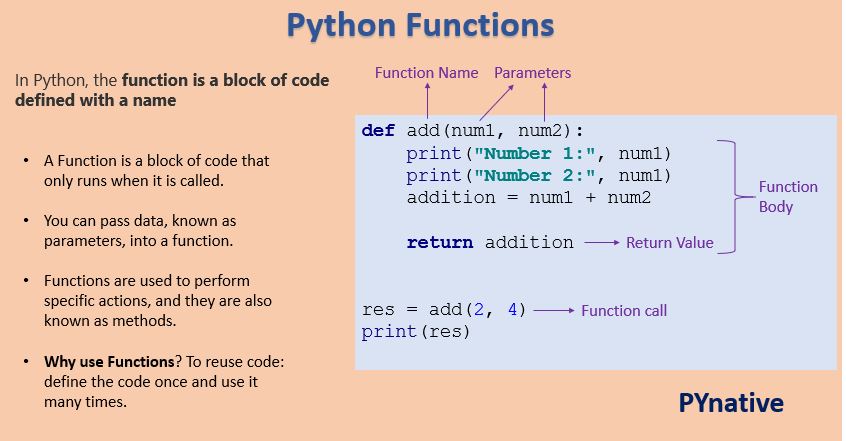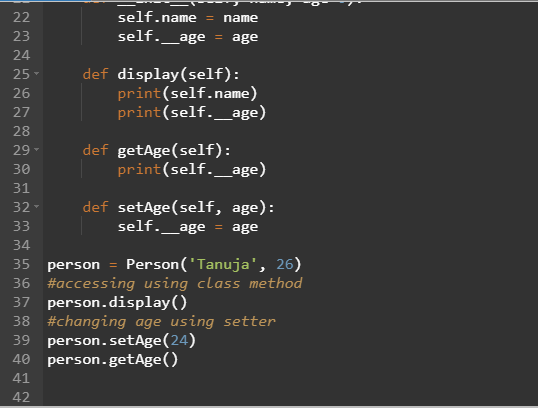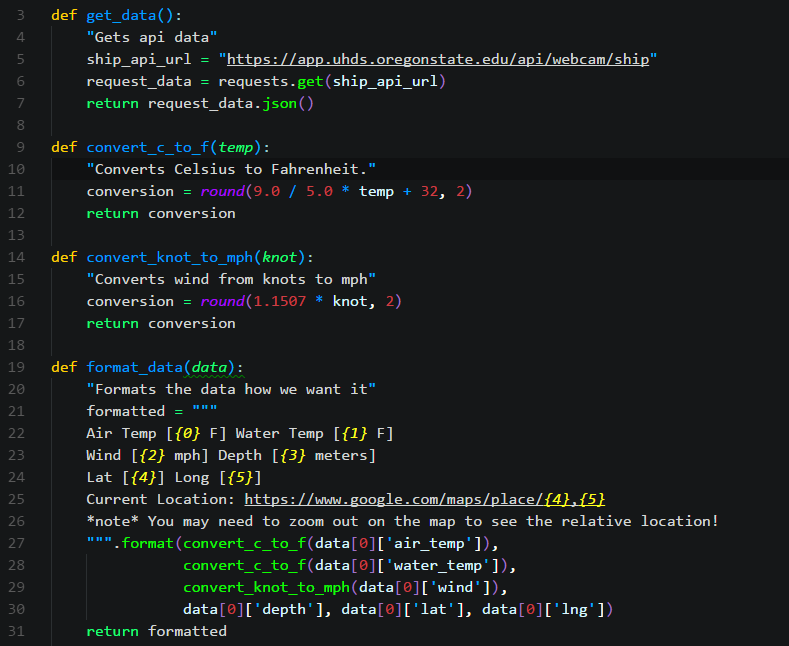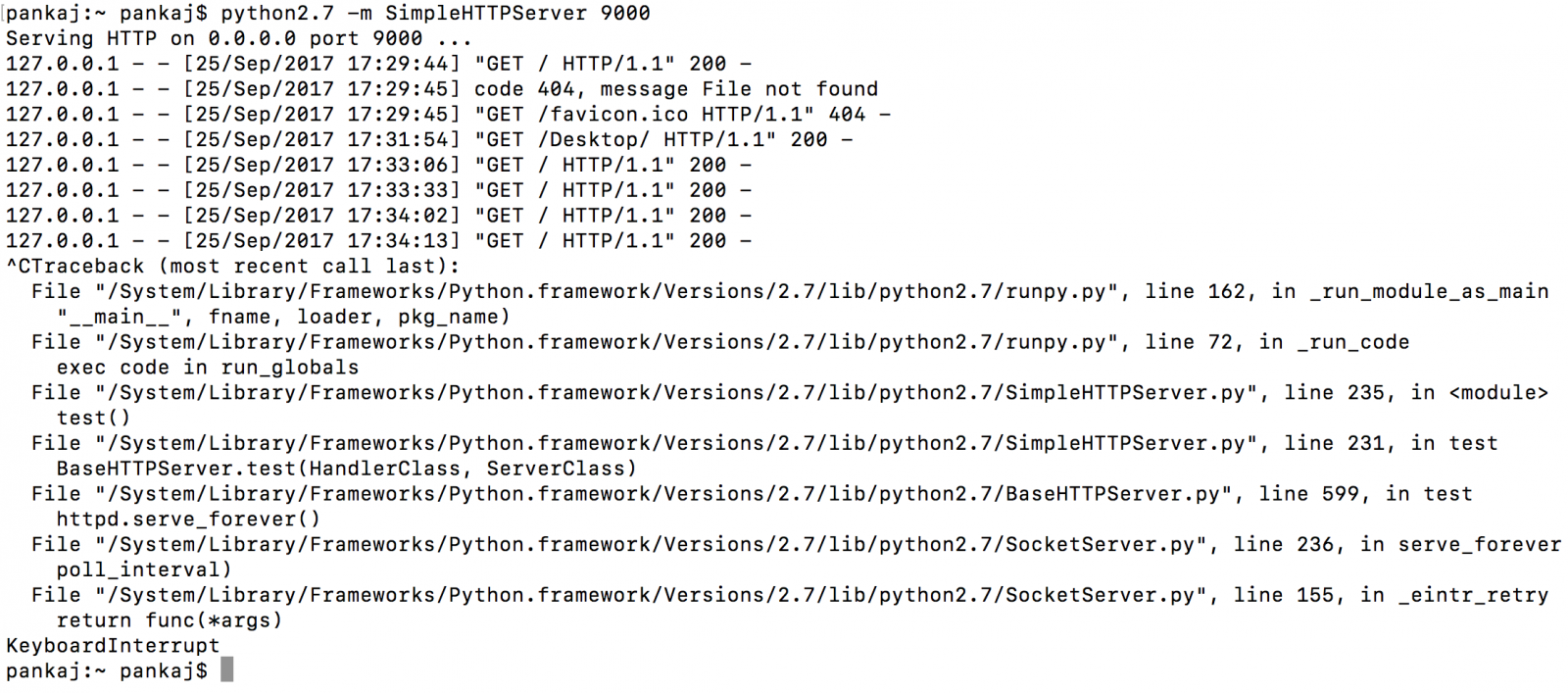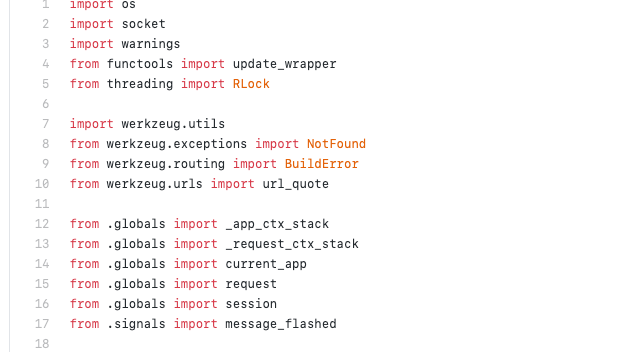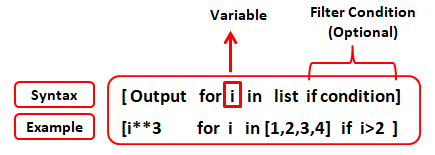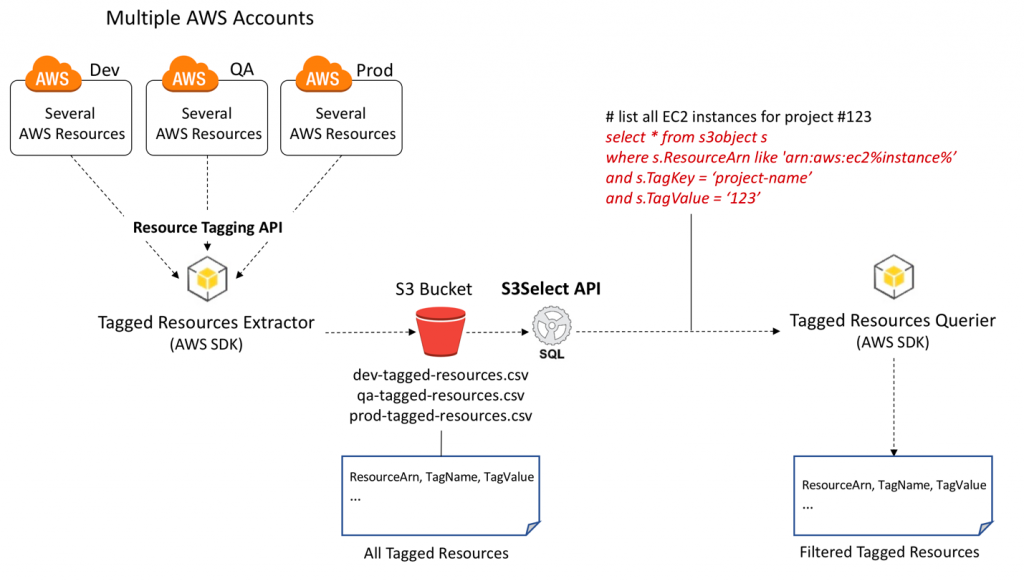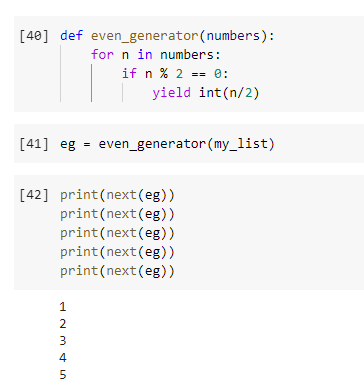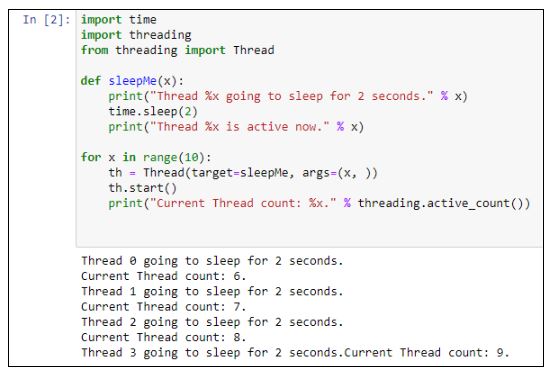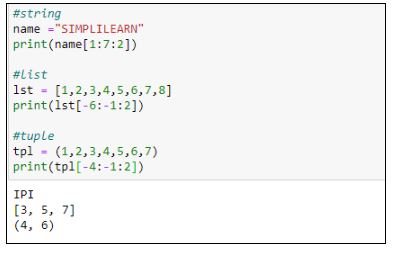How do you read and Write to a Python file?
How do you read and Write to a Python file?
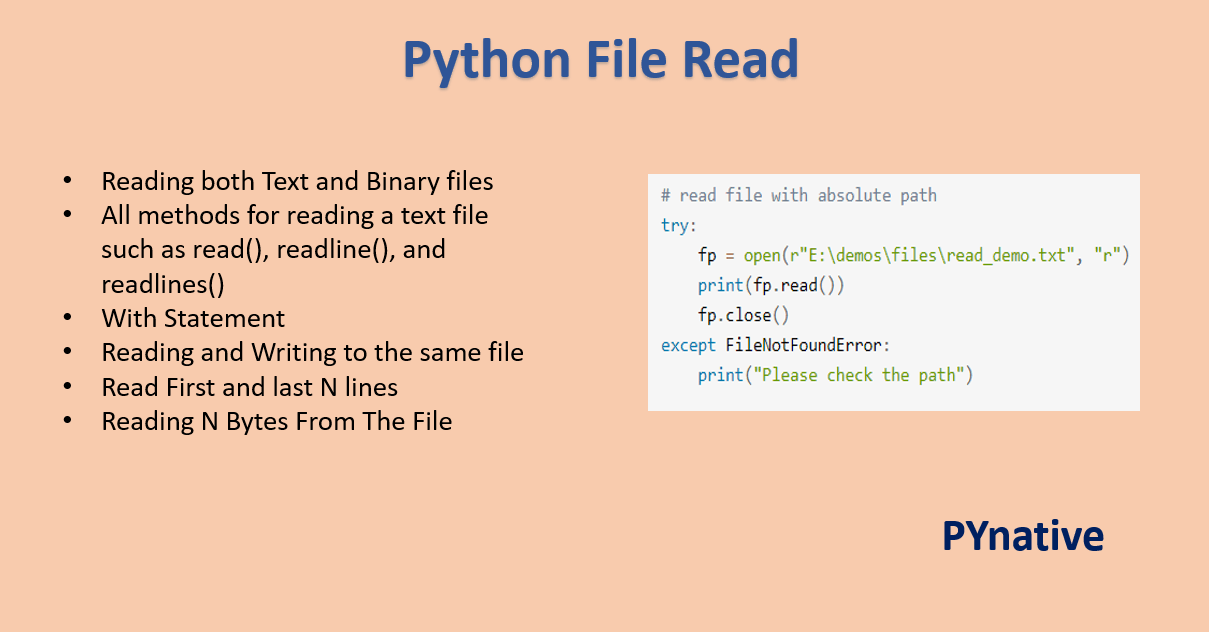
I'd be happy to help!
In Python, we can write data to files using built-in functions like open() and write(). Similarly, we can read from files using open() and read(). Here's an example of how you can do this:
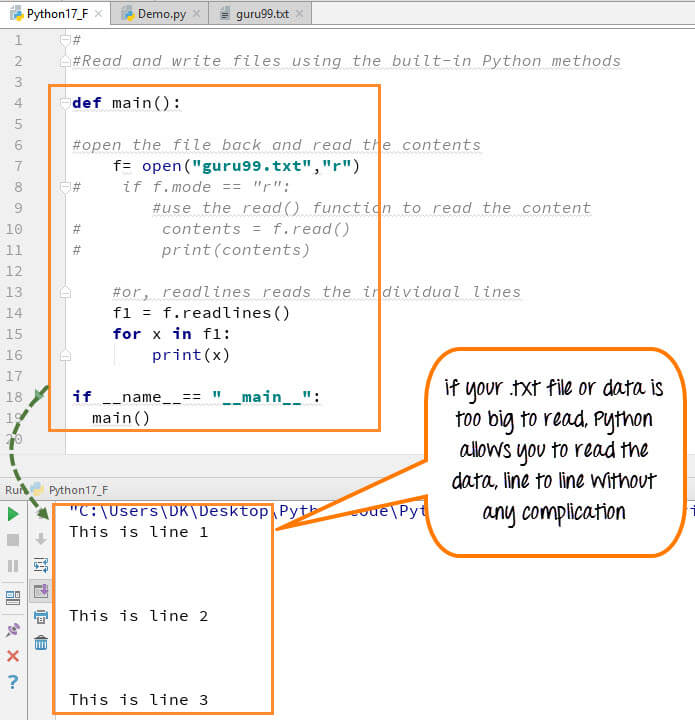
Writing to a File
To write data to a file in Python, you first need to open the file in write mode. This is done by calling the open() function with the name of the file as its argument, along with the string 'w' for write mode. Here's an example:
# Open the file in write mode
with open('output.txt', 'w') as f:
Write some text to the file
f.write('Hello World!')
In this example, we're opening a file called output.txt and writing the string 'Hello World!' to it.
If you want to append data to an existing file instead of overwriting it, you can use the 'a' mode instead:
with open('output.txt', 'a') as f:
f.write('This text is being appended.n')
This will add a new line with the specified text to the end of the file.
Reading from a File
To read data from a file in Python, you need to open it in read mode using open() and 'r' as its argument. Here's an example:
# Open the file in read mode
with open('output.txt', 'r') as f:
Read the entire file
content = f.read()
This will read the entire contents of the output.txt file into a string variable called content.
You can also read from files one line at a time by using a loop and calling f.readline() repeatedly:
with open('output.txt', 'r') as f:
for line in f:
print(line.strip())
This will print each line of the file separately.
Error Handling
When writing or reading from files, it's always a good idea to handle potential errors that might occur. You can do this by using a try-except block to catch any exceptions that are raised:
try:
with open('output.txt', 'w') as f:
f.write('Hello World!')
except IOError as e:
print(f"Error writing file: {e}")
This will catch any errors that occur when trying to write to the file and print an error message.
Best Practices
Here are some best practices to keep in mind when working with files in Python:
Always usewith statements when opening files, as this ensures that they are properly closed even if an exception is raised. Use consistent naming conventions for your files, such as using a specific extension (e.g., .txt) or prefix (e.g., _temp). Be mindful of file permissions and access controls, especially when working with sensitive data.
By following these guidelines and using Python's built-in functions to read and write from files, you can effectively manage your data and ensure that it is properly stored and retrieved.
How to both read and write a file in Python?
I'm happy to help!
In Python, you can use various libraries like open() function from the built-in io module to both read and write files. Here's how:
Reading a File:
To read a file in Python, you'll need to follow these steps:
Open the file: Use theopen() function with the desired mode (e.g., 'r' for reading). You can specify a file path or name.
Example:
with open('example.txt', 'r') as file:
Read the file contents
read() method. This method returns the file's content as a string or bytes.
Example (reading text):
with open('example.txt', 'r') as file:
content = file.read()
close() method. This ensures that any system resources used by the file are released.
Example:
with open('example.txt', 'r') as file:
content = file.read()
Writing a File:
To write a file in Python, you can follow these steps:
Open the file: Use theopen() function with the desired mode (e.g., 'w' for writing). You can specify a file path or name.
Example:
with open('example.txt', 'w') as file:
Write to the file
write() method. This method takes a string or bytes as an argument.
Example (writing text):
with open('example.txt', 'w') as file:
file.write('This is a new line.')
close() method. This ensures that any system resources used by the file are released.
Example:
with open('example.txt', 'w') as file:
file.write('This is a new line.')
Additional Tips and Variations:
To append to a file (i.e., add content without overwriting existing data), use'a' instead of 'w' when opening the file. You can also use readlines() or readline() if you want to read a file line by line. When writing, you can specify an encoding (e.g., UTF-8) using the encoding parameter in the open() function.
Example Code:
Here's a more comprehensive example code snippet that demonstrates both reading and writing:
# Read from 'example.txt'
with open('example.txt', 'r') as file:
content = file.read()
print(content)
Write to 'new_example.txt'
with open('new_example.txt', 'w') as file:
file.write('This is a new line.')
Conclusion:
In this answer, I've covered the basic steps for reading and writing files in Python. By following these simple procedures, you can effectively interact with your system's file system using Python!
Please feel free to ask any questions or clarify if you'd like more details on specific aspects!
